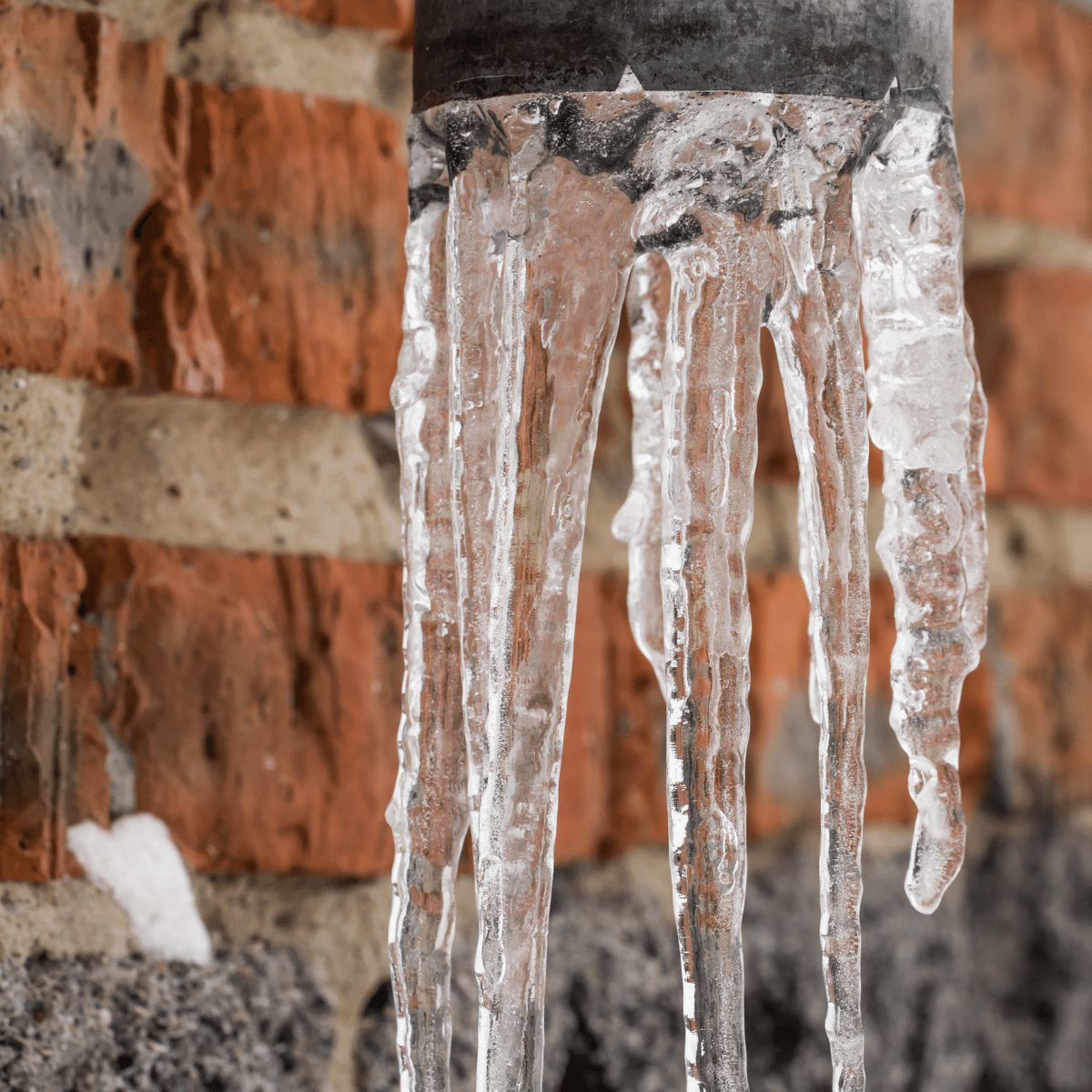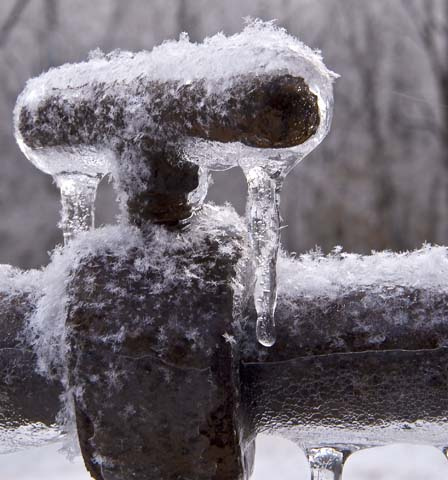Are you interested in answers involving How To Avoid Freezing Pipes?

Winter can damage your pipes, particularly by freezing pipes. Here's just how to prevent it from happening and what to do if it does.
Introduction
As temperatures decline, the danger of icy pipes boosts, potentially bring about expensive repair work and water damages. Comprehending exactly how to avoid frozen pipes is essential for house owners in cold environments.
Prevention Tips
Insulating at risk pipes
Cover pipes in insulation sleeves or utilize heat tape to shield them from freezing temperature levels. Focus on pipelines in unheated or outside locations of the home.
Heating techniques
Maintain indoor spaces properly warmed, particularly locations with pipes. Open cabinet doors to permit cozy air to distribute around pipes under sinks.
Just how to determine frozen pipelines
Search for reduced water flow from faucets, uncommon smells or noises from pipelines, and noticeable frost on revealed pipelines.
Long-Term Solutions
Structural changes
Take into consideration rerouting pipelines away from exterior wall surfaces or unheated locations. Include additional insulation to attics, basements, and crawl spaces.
Upgrading insulation
Buy premium insulation for pipelines, attics, and walls. Appropriate insulation aids preserve constant temperatures and lowers the risk of frozen pipes.
Securing Outside Plumbing
Yard hose pipes and outside taps
Separate and drain pipes yard tubes prior to winter season. Install frost-proof spigots or cover exterior faucets with insulated caps.
Recognizing Frozen Pipelines
What creates pipelines to ice up?
Pipes ice up when exposed to temperatures below 32 ° F (0 ° C) for expanded periods. As water inside the pipelines ices up, it expands, taxing the pipeline walls and potentially causing them to rupture.
Dangers and damages
Icy pipelines can result in supply of water disruptions, home damages, and expensive repairs. Burst pipes can flooding homes and cause extensive architectural damages.
Indications of Frozen Pipeline
Recognizing frozen pipelines early can prevent them from bursting.
What to Do If Your Pipelines Freeze
Immediate actions to take
If you suspect icy pipes, maintain faucets available to ease stress as the ice thaws. Utilize a hairdryer or towels soaked in warm water to thaw pipes slowly.
Conclusion
Preventing frozen pipes requires positive actions and quick feedbacks. By recognizing the reasons, indicators, and safety nets, property owners can shield their pipes throughout winter.
6 Proven Ways to Prevent Frozen Pipes and Protect Your Home
Disconnect and Drain Garden Hoses
Before winter arrives, start by disconnecting your garden hoses and draining any remaining water. Close the shut-off valves that supply outdoor hose bibs and leave the outdoor faucet open to allow any residual water to drain. For extra protection, consider using faucet covers throughout the colder months. It’s also important to drain water from any sprinkler supply lines following the manufacturer’s directions.
Insulate Exposed Pipes
Insulating your pipes is an effective way to prevent freezing. Pipe insulation is readily available at home improvement stores and is relatively inexpensive. Pay close attention to pipes in unheated areas such as the attic, basement, crawl spaces, or garage. Apply foam insulation generously to create a buffer against the cold. You can also wrap your pipes in heat tape or thermostat-controlled heat cables for added warmth.
Seal Air Leaks
Inspect your home for any cracks or openings that could let in cold air. Seal any holes around the piping in interior or exterior walls, as well as the sill plates where your home rests on its foundation. Additionally, make sure to keep your garage door closed unless you’re entering or exiting. Leaving it open creates a significant air leak that can lead to frozen pipes.
Allow Warm Air Circulation
During cold snaps, it’s essential to allow warm air to circulate evenly throughout your home. Leave interior doors ajar to promote better airflow. Open kitchen and bathroom cabinets to help distribute heat consistently around the rooms. If you have small children or pets, be sure to remove any household chemicals or potentially harmful cleaners from open cabinets for safety.
Let Faucets Drip
A small trickle of water can make a big difference in preventing ice formation inside your pipes. When temperatures drop significantly, start a drip of water from all faucets served by exposed pipes. This continuous flow helps prevent the water from freezing. Additionally, running a few faucets slightly can relieve pressure inside the pipes, reducing the chances of a rupture if the water inside does freeze.
https://choateshvac.com/6-proven-ways-to-prevent-frozen-pipes-and-protect-your-home/

I'm just very drawn to Helpful Tips to Prevent Frozen Pipes this Winter and I really hope you liked the blog post. Do you know about somebody else who is in the market for the niche? Feel free to share it. Thanks a bunch for your time. Don't hesitate to check our website back soon.
Call Today
Comments on “Guidance for Avoiding Frozen Plumbing in Cold Weather: Specialist Tips”